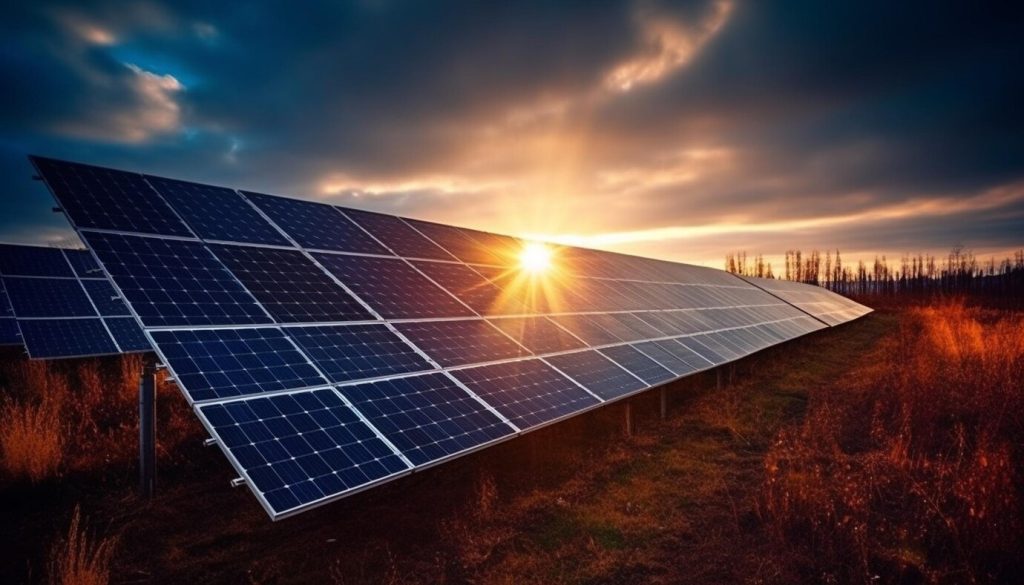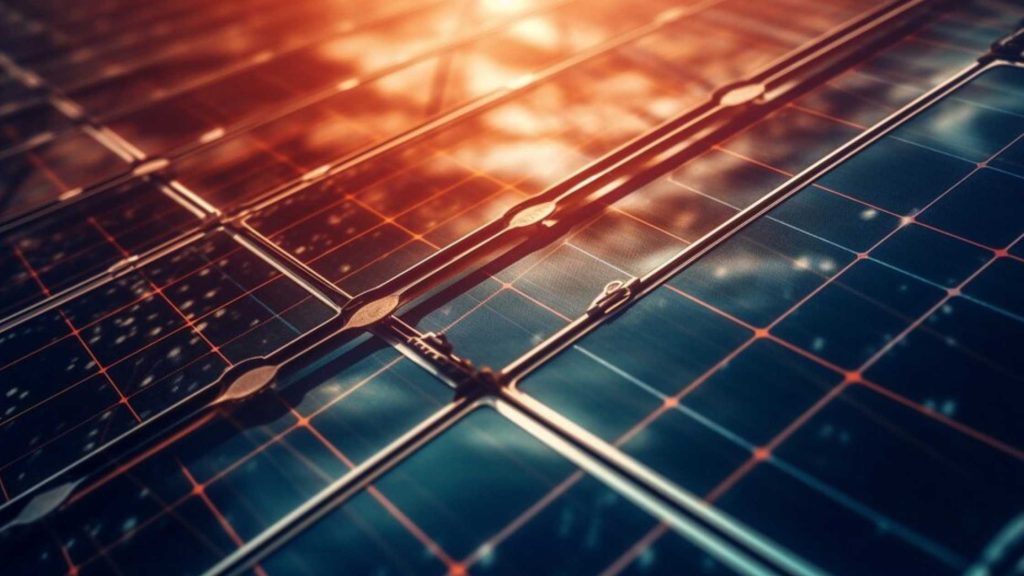Analytical Guide for Homeowners
Solar energy has long been touted as the key to a cleaner, greener future, and at international conferences it is almost always held up as the quickest way to phase out coal and oil. Still, when Indian families sit down to compare the cost of rooftop panels, batteries and smart meters, a more local question keeps popping up: is solar really as good as the headlines say? To answer that, we dug into current real-world solar energy performance in India, spelled out the clear solar energy pros and cons in 2025, and offered a genuine verdict on whether the technology really deserves space on your roof and room in your budget.
The Increasing Hype of Solar Energy in India
In just over a decade India’s solar sector has evolved from optimistic forecasts to large-scale reality, and the change has come faster than most observers expected. Given that at least some region enjoys clear skies each day dozens of government schemes, notably PM-KUSUM and the Rooftop Solar Initiative, have turned what was once a luxury purchase into a far less daunting expense thanks to attractive subsidies. Even so, enthusiasm alone will not settle a monthly bill or replace equipment long after the warranty expires, so anyone contemplating the move needs to ensure that today’s assumptions will still hold true in 2025 when panel prices, component quality, and financing terms may look very different.
Is Solar Energy Worth for Indian Homes?
Is there a hidden danger in rooftop systems or will they truly benefit Indian households in the next two years? Either way, let’s try to answer India’s most pressing question: is solar energy beneficial for Indian households?
For most families, the response tends to be very cautious. The outcome relies on the location and power consumption of the home as well as how much the owner is willing to invest right away, and what incentives are provided by the local grid. In many urban colonies where tariff bands increase sharply, users have reported monthly savings of ₹2,000 to ₹5,000 once the system begins net metering. These benefits could amount to several lakhs over the twenty-to-twenty-five-year lifespan of the modules and inverter.
Regional Savings Are most noticeable in Maharashtra, Tamil Nadu, and Delhi on account of the escalated import costs driving tariffs higher. While other agencies, as well as some state-level organizations, continue to subsidize expenses by up to forty percent, the initial hit is softened. After the recoup phase, which commonly spans four to six years, households have access to nearly two decades of electricity at no cost. Maintenance is minimal and consists mostly of periodically washing the solar panels, so the upkeep is inexpensive and quick. All in all, the mathematics work out in favor of residences with steady moderate to high demand.
With the rapid growth and improvements in technology, solar PV panels have replaced fossil fuels and are now inexpensive. In 2025, all shoppers Should have the ability to use solar as their primary source for energizing houses and companies . In this essay, we would discuss the advantages and disadvantages of solar energy in 2025.
You Can Also Read: Net Metering: How it Powers a Sustainable Future
Solar Energy Pros and Cons in 2025:
Noticeable pros of solar energy:
- Subsidies resulting in affordability:
Cost and Incentives Module prices have tumbled nearly 80 percent since 2013, and incentives, tax breaks, plus state feed-in tariffs soften the remaining sting.
- Buffer solar energy provides energy independence:
Energy Autonomy Panels shield homes from wild grid price swings, let owners shift use to sunny hours, and export surplus power when market rates peak.
- Eco- Friendly alternative:
Low Emissions Every kilowatt-hour generated by a solar panel replaces a unit produced by fossil fuels, meaning the average home system keeps nearly thirty tonnes of CO2 out of the air over twenty-five years.
- Improvements through technological enhancements:
System Gains AI-managed load prediction, plug-and-play batteries, and grid-tied controls have pushed round-trip efficiency up, so new installations now pull more usable watt-hours from every panel.
- Very suitable for Indian climate:
Indian Performance Data Trials from Bengaluru to Patna show actual output outstrips thirty-year decline forecasts, with systems still delivering high yields even when cloud cover rolls in.
Some cons of solar energy:
- Increased funding from the start is necessary:
Initial funding Solar energy still represents a major investment, since the average three-kilowatt rooftop system requires an outlay of 150,000 to 200,000 rupees, which poses a potential roadblock for numerous families.
- Solar structures needs space:
Roof Area Economically viable solar power generation depends on the amount of north-facing roof space which is free from shade. Buildings in cities often have a chimney, water tank, and neighbors which limits the area of shaded space available for solar panels.
- Unstable government policies:
Government Policy Is Unpredictable Owners are still subject to last minute subsidy reductions, delays in receiving paperwork, and the possibility of altering financing terms mid-execution.
- Batteries integration poses a major cost increase:
Batteries Storage allows homes to use energy after sunset, but the initial cost of adding hardware is usually between thirty and fifty percent.
Considering everything, the advantages and disadvantages of solar energy in 2025 are projected to favor offsetting these cons, provided that thorough pre-installation planning is conducted for each individualized project.
What are the outcomes in India?
Let us proceed to examine the outcomes in India for different geographies whereby the solar energy systems are operational.
Real-world solar energy performance in India is driven by solar energy system installation and local proficiency, as well as latitude and product origin. The following summaries condense multi season, district-level datasets.
- Delhi-NCR
In this region, households with 5-kW rooftop systems realize a recovery of 4.7 kWh per each installed kilowatt on the upper end owing to daily irradiation.
- Maharashtra
Monthly savings ranges from ₹4,000 to ₹7,500 in Pune, Mumbai, and the western coastal regions driven by sunshine reliability during the kharif peak.
- Tamil Nadu and Andhra Pradesh
Wide-ranging radiation along generous feed-in tariffs with near-constant net metering in these states convey a distinct advantage.
- Rajasthan and Gujarat
India’s two desert provinces lead the country in daily yields: users surpass 5.5 kWh per kW installed on average, setting a national benchmark.
Favorable outcomes such as those above provide strong evidence for the practical integration of solar energy systems in India, alongside thoughtful configurations and light maintenance. Panel based systems can supply solar power reliably throughout the subcontinent while proving stable, clean, and low-cost electricity.
Economical Keypoints:
- The typical upfront expenditure, after subsidies, falls within a range of ₹1.5 to ₹2.5 lakh.
- In this case, the expected monthly savings would be in the range of ₹2,000 to ₹5,000.
- Estimated return on investment is within the range of four to six years.
- The estimated lifespan of the system is between twenty to twenty-five years.
Over this period, an average household can save around one to one and a half million rupees depending on their consumption and the electricity tariffs. For families willing to invest long-term and cut down on electricity expenses, the value proposition is compelling. Therefore, for the question posed ‘is solar energy a worthy investment for Indian households?’ The answer most certainly is yes!
Challenges that homeowners should look up to:
Despite this, the journey is not fully problem-free. Unsystematic net-metering policies, slow subsidy payments, and a lack of certified, good-quality installers can test the patience of even the most willing early adopters.
To maintain optimal functionality of a new system, the owners need to ensure the following:
- The angle of the sun in relation to the solar modules and shade from trees or buildings
- The quality of installation regarding the mounting, wiring, and inverters
- Service agreements after day one and how fast the services are rendered
Get those simple yet crucial elements right and most regions continue to impress with outstanding performance.
Final Thoughts: Does Solar Energy Live Up To The Expectations?
Between reliable technology, India’s generous subsidies, and ample sunshine, the numbers seem to validate the hypothesis.
Moderate to high energy demanding households that avoid shading and harness every watt produced continue to benefit financially and ecologically.
Prospective gaps in financing and storage systems stand out, and analyzing the advantages and disadvantages of solar energy in that timeframe sheds light on potential for progress. However, my argument still stands that the near balance of advantages overshadows almost every drawback across supported dense rural and urban area rooftops.


